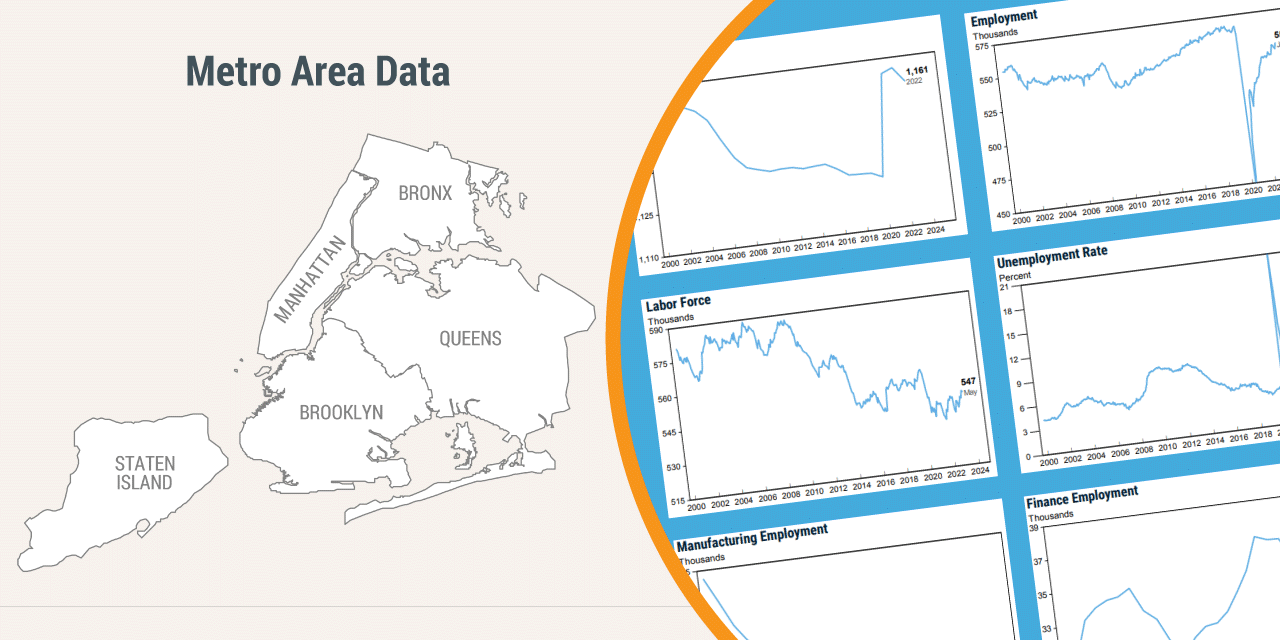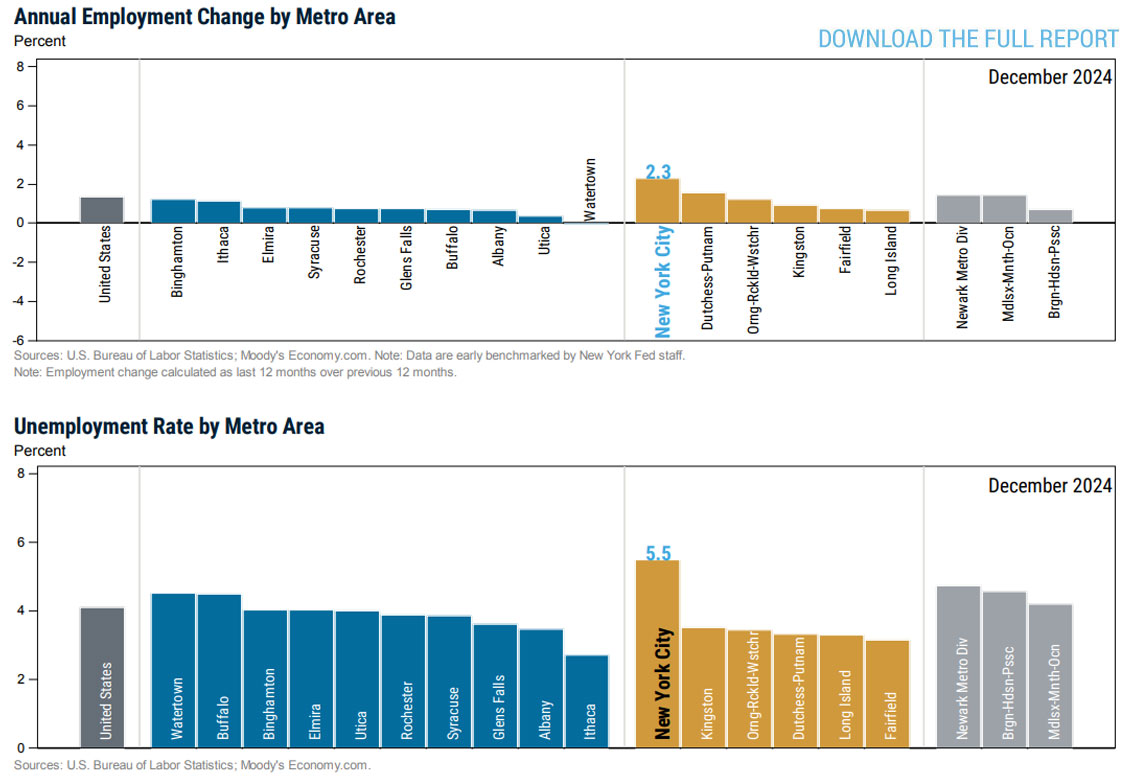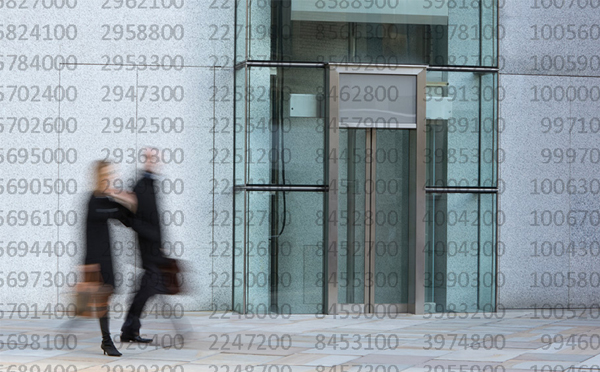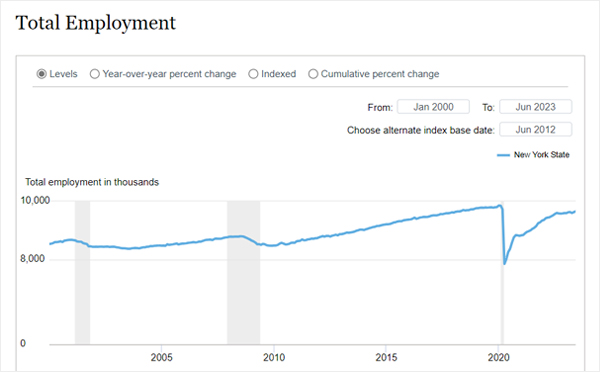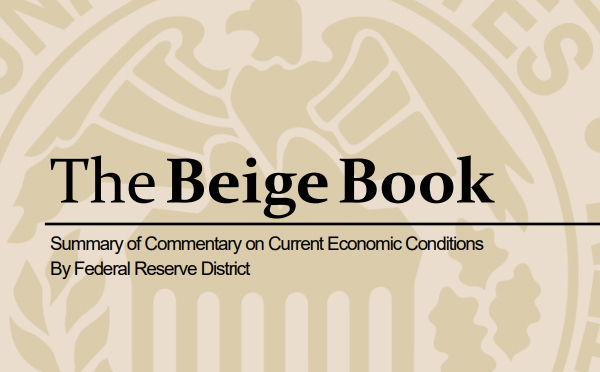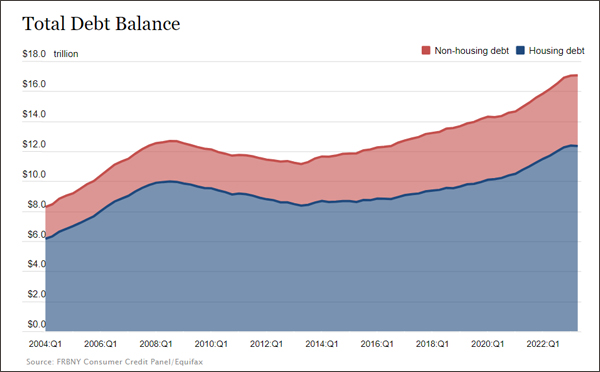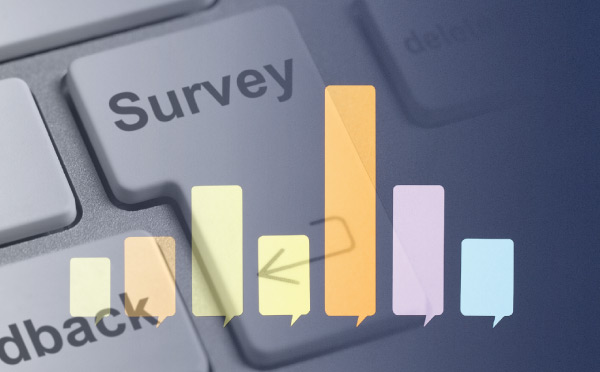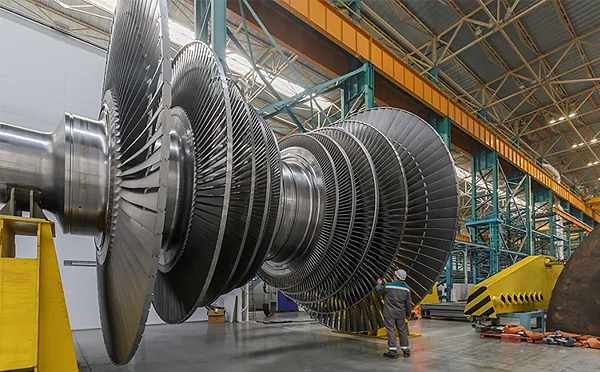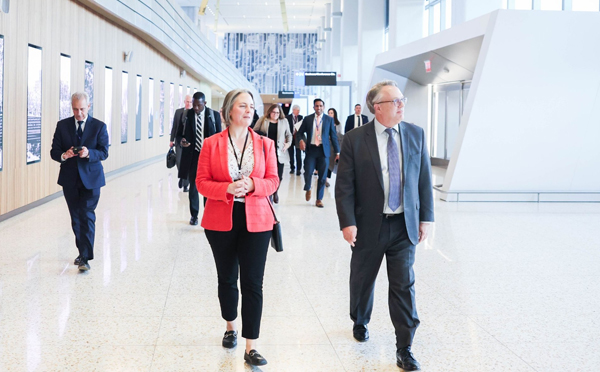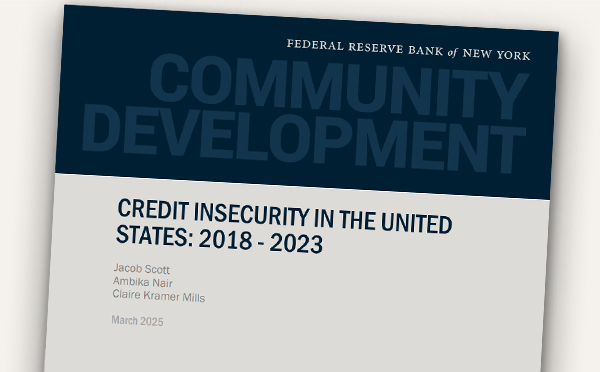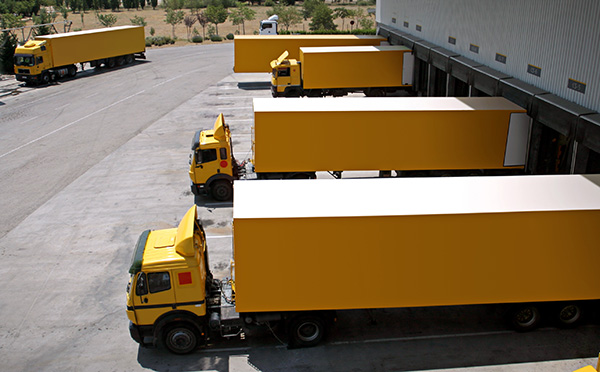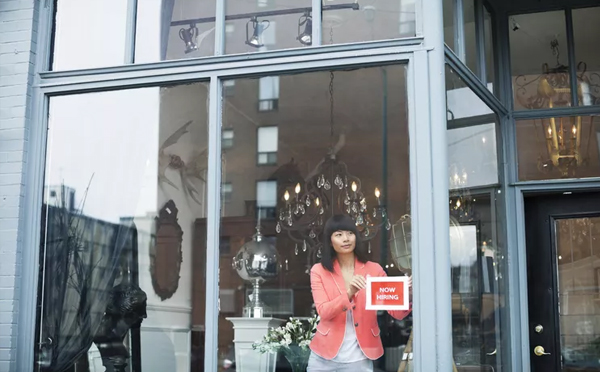New York City
Comprising the five boroughs of Manhattan, Brooklyn, Queens, the Bronx, and Staten Island, New York City has a population of around 8.3 million that is ethnically and culturally diverse. Its economy is the largest in New York State and among the largest in the world.
New York City Economic Indicators
Economic and Demographic Trends
| Population 2024 | Pop growth 2024, 10-year change (%) | GDP 2023, billions ($) | Job growth 2024, 5-year change (%) | Median household income 2023 ($) | Median home price 2023 ($) | Pop share age 25+ with BA+ 2023 (%) | |
| New York City | 8,478,072 | -2.0 | 1,286 | 2.8 | 75,000 | 675,000 | 42.6 |
| Putnam-Rockland-Westchester | 1,453,000 | 3.2 | 139 | 1.0 | 111,200 | 565,000 | 51.0 |
| Long Island | 2,928,347 | 1.3 | 256 | 0.4 | 131,000 | 600,000 | 44.3 |
| New York State | 19,867,248 | -0.7 | 2,183 | 0.8 | 80,150 | 400,000 | 40.7 |
| United States | 340,110,988 | 6.5 | 27,812 | 4.7 | 76,170 | 325,000 | 36.2 |
Sources: U.S. Census Bureau; U.S. Bureau of Labor Statistics; NYSDOL; U.S. Bureau of Economic Analysis; IPUMS USA-University of Minnesota; New York Fed calculations. Data retrieved through data.census.gov, Moody's Economy.com, or directly from source.
*These are neighboring metro areas.
The New York Fed publishes indicators, trends, research and analysis on our Second District. Explore the content below to learn more.
December 15, 2025
December 15, 2025
December 15, 2025
November 26, 2025
November 18, 2025
November 5, 2025
September 2025
Richard Deitz and Kartik Athreya | September 23, 2025
By Jaison R. Abel, Richard Deitz, Natalia Emanuel, Ben Hyman, and Nick Montalbano | September 4, 2025
BY Matteo Crosignani and Martin Hiti | July 1, 2025
BY Jaison R. Abel, Richard Deitz, Sebastian Heise, Ben Hyman, and Nick Montalbano | June 4, 2025
April 3, 2025
March 25, 2025
BY Jake Scott, Ambika Nair, and Claire Kramer Mills | March 6, 2025
By Jaison R. Abel, Richard Deitz, and Ben Hyman | March 5, 2025
BY Craig Bradstock and Nathaniel Kressen | October 30, 2024
EVENT | October 4, 2024
On Friday, October 4, 2024, the New York Fed hosted a half-day conference focused on the future of employment in New York City. Topics includeed how the composition of jobs in the city has changed since the pandemic; what’s needed to create jobs that pay family-sustaining wages and provide broad-based prosperity to the city; and how to develop and attract workers to fill those jobs.
VIEW EVENT
VIEW EVENT
BY Jaison R. Abel, Richard Deitz, Natalia Emanuel, and Benjamin Hyman | September 4, 2024
Jason Bram, Director of Economic Research, Office of New York City Comptroller and Joelle Scally, New York Fed | August 13, 2024
BY Jaison R. Abel and Richard Deitz | May 20, 2024
May 20, 2024
May 7, 2024
April 18, 2024
By continuing to use our site, you agree to our Terms of Use and Privacy Statement. You can learn more about how we use cookies by reviewing our Privacy Statement. 










